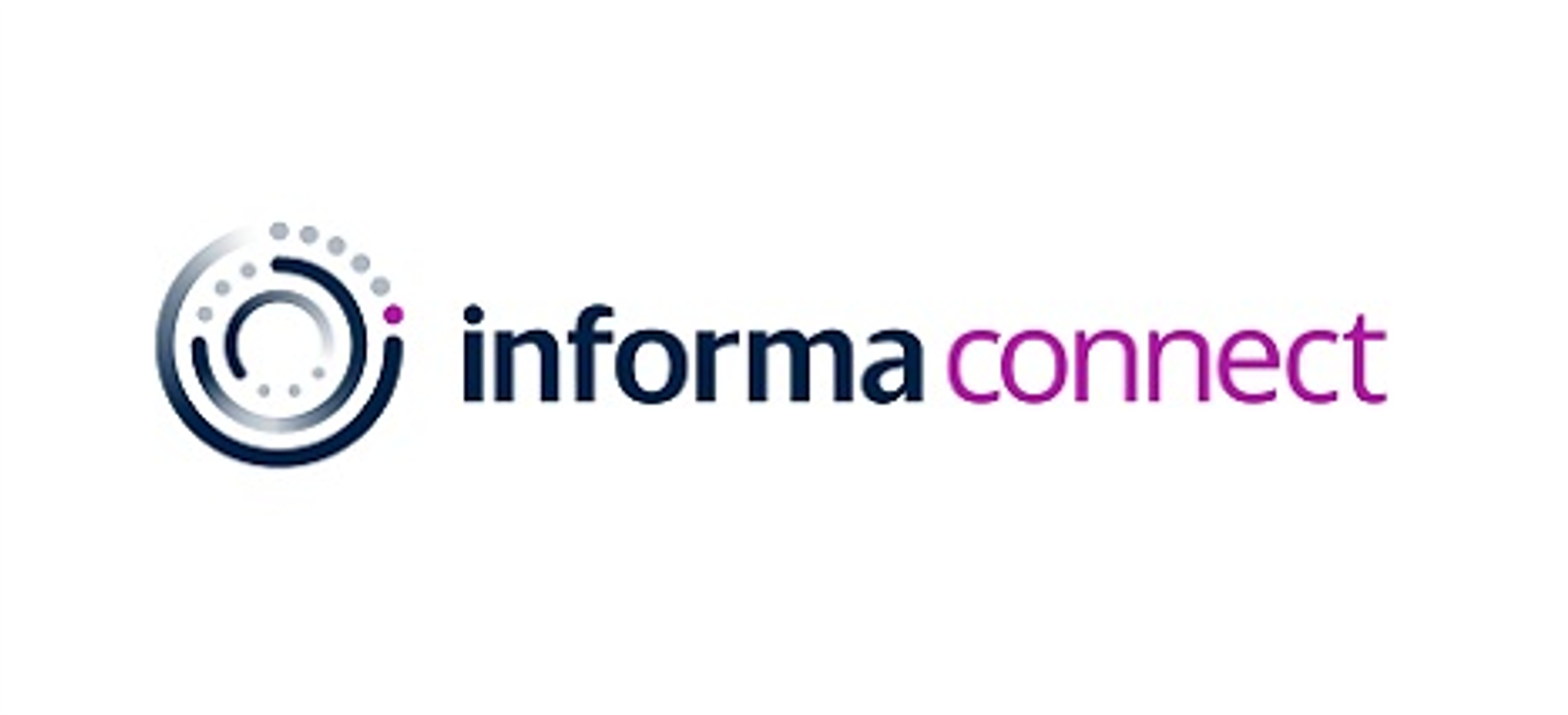As we approach the beginning of a new academic year, it's crucial to ensure that educators are well-prepared to meet the challenges and opportunities that lie ahead. The role of teachers in shaping young minds cannot be overstated, and their preparedness directly impacts the quality of education students receive.
To ensure a smooth and successful start, teachers can benefit from a well-thought-out preparation plan that encompasses both practical and strategic aspects.
Here is a short guide: 1. Reflect and Refine:
Before diving into the new academic year, it's essential to take a moment and reflect on your teaching practices from the previous year. What worked well? What areas need improvement? Engaging in self-reflection allows you to identify strengths and weaknesses, enabling you to refine your teaching strategies and approaches accordingly.
2. Support Students wellbeing
Acknowledge the significance of wellbeing in learning. You should incorporate wellbeing and character strengths practices into your everyday teaching methodologies. By addressing the emotional wellbeing of students, you can create a more balanced and resilient learning environment.
3. Curriculum development and planning:
One of the cornerstones of a successful academic year is a well-structured curriculum and thoughtfully planned lessons. Review the curriculum guidelines, textbooks, and any updates to educational standards to ensure your teaching materials are up to date. By mapping out a comprehensive lesson plan for the entire year, you can effectively allocate time for each topic and ensure a balanced coverage of subjects. The curriculum should be engaging, diverse, and adaptable to accommodate different learning styles.
4. Professional Development:
Continuous learning is a hallmark of effective teachers. Engaging in professional development opportunities, whether through workshops, conferences, or online courses, can provide you with fresh ideas, innovative teaching methods, and a chance to connect with peers in the field. By doing this you stay current with the latest trends and best practices in education.
5. Create a Positive Classroom Environment:
A positive classroom atmosphere fosters a conducive learning environment. Encourage a sense of belonging, respect, and open communication within your classrooms. Emphasize the importance of creating a safe space for students to express themselves and ask questions without fear of judgment.
6. Building Relationships:
Strong teacher-student relationships are key to fostering a positive learning environment. Before the academic year begins, reach out to your students and their families, introducing yourselves in order to build a sense of community. Establishing open lines of communication can pave the way for a supportive and collaborative partnership throughout the year.
7. Foster Inclusivity and Diversity:
Remember the importance of inclusivity and diversity in the classroom. Incorporate diverse perspectives and cultural awareness into your teaching materials and discussions. By embracing diversity, you can create a richer learning experience for all students.
8. Technology Integration:
In today's digital age, incorporating technology into the classroom can enhance the learning experience for students. Familiarize yourselves with any new technological tools, software, or apps that can complement your teaching methods. Whether it's interactive presentations, educational apps, or virtual simulations, technology can add an exciting dimension to lessons.
9. Time Management: Balancing classroom responsibilities, lesson planning, and personal life requires effective time management. Create a schedule that allocates time for lesson preparation, grading, professional development, and personal activities. By adhering to a structured routine, you can avoid burnout and ensure you have ample time for self-care.
10. Stay Organized and Prepared:
It is important to plan and prepare. Plan your lessons in advance, create a schedule for the year, and maintain records systematically. This approach will help you reduce stress and ensures smooth classroom management.
Preparing for a new academic year is a multifaceted endeavour that requires careful planning, self-reflection, and a commitment to growth. By implementing the strategies mentioned above, you can cultivate a positive and enriching learning environment, where students thrive academically and personally. Your dedication and passion coupled with effective preparation, are fundamental to nurturing the potential of the next generation. As you invest your time and energy into these preparations, they are not only benefitting you but also creates a positive and enriching experience for your students. Remember: A good education can change anyone. A good teacher can change everything! Good luck


